We’re pleased to announce the release of the Occupy Research General Survey (ORGS) facet browser. You can use this tool to drill down into the more than 5,000 responses to the Occupy Research General Survey. For example, you might like to know about the survey responses of occupiers who are from California, and have been to a camp “many times”. Or responses from people who donated money, food, or goods, and also attended a general assembly. Select as many facets of the dataset as you’d like, and share your findings via unique links to your set of selections. Enjoy, and please tweet/share using the hashtag #occupyresearch! The ORGS facet browser is by Charlie de Tar.
Category: visualization
According to the Occupy Research General Survey (ORGS), OWS sympathizers and participants are among the most civically engaged individuals of the U.S. population, they possess an active voting record, and tend to be involved in a wide range of organizations and civic actions. The ORGS allows us to explore some of the characteristics of the diverse “civic cultures” of online sympathizers who have brought broad support to OWS in the U.S.
Investigating the civic anatomy of OWS is of critical importance for those who seek to understand the movement’s potential as a force to promote social change through different forms of social and political action, from community-based work and peaceful protest to participatory deliberation and electoral politics. Comparing the different patterns of organizational affiliation (Graph 1) between self-defined participants and non-participants in the movement helps us to think about different civic trajectories, and the diverse pool of mobilizing practices from which Occupiers draw their strategies and political views.
Graph 1. Dimensions of Organizational Affiliation,
OWS Participants vs. Non-participants
The experience in non-profit organizations is clearly central for participants and non-participants. However, the space of the political in Occupy seems significantly shaped by the trajectory of sympathizers in social justice organizations, political parties, labor unions, voluntary associations, affinity and cultural groups (see Table 1). In some cases, affiliation to these institutions is higher among Occupiers than in the overall American population. As aptly argued by professor Wendy Brown, OWS should be understood fundamentally as a civic movement galvanized by the economic crisis, and the reaction to neoliberal policies that have threatened the foundations of democratic governance and public life in America.
Table 1. Organizational affiliation: “I belong and actively participate in…
|
Organizations |
Participants
in OWS |
Non-participants
in OWS |
Sig. | ||
|
n |
% |
n |
% |
||
| Non-profits |
(3193) |
44.7% |
(397) |
43.3% |
|
| Social justice groups |
(3137) |
32.9% |
(387) |
14.5% |
*** |
| Another voluntary associations |
(2994) |
30.8% |
(390) |
24.4% |
* |
| Political Party |
(3231) |
24.1% |
(398) |
18.6% |
*** |
| NGO |
(3056) |
21.7% |
(388) |
16.0% |
|
| Professional associations |
(3095) |
19.9% |
(388) |
21.6% |
|
| Cultural groups |
(3035) |
19.8% |
(385) |
14.8% |
* |
| Affinity Groups |
(3018) |
16.6% |
(383) |
7.3% |
*** |
| Churches |
(3121) |
15.2% |
(388) |
20.6% |
*** |
| Labor unions |
(3149) |
8.5% |
(391) |
2.6% |
*** |
| Sport groups or teams |
(3006) |
8.1% |
(387) |
11.4% |
** |
| Worker center |
(2960) |
2.2% |
(384) |
1.2% |
** |
*** p <0.001, ** p < 0.01, * p < 0.05
Source: ORGS (U.S. residents, n=3,715)
In the electoral front, the voting record of Occupy participants in the ORGS is particularly high when compared to the average voter turnout of the country (64% in the 2008 presidential election). According to ORGS data, 87.5% of Occupiers voted in the 2008 presidential elections, and 80.6% plan to vote next November. These results echo findings of ongoing surveys of visitors to the OWS website.
The obvious conclusion of this evidence is that the popular outrage expressed by the movement is not the result of extremist factions of society but of civic discontent across broad sections of the American public. This is not to say that Occupy is merely an assemblage of political groups and identities. The diversity of civic cultures and trajectories of occupiers should move activists and researchers to critically interrogate the historical roots of the movement, and its emergent identities and structures in connection with existent forms of civic governance in the American society. Answering all these questions may seem an elusive task in the case of a self-defined ‘leaderless’ movement; however, understanding the political and the ‘civics’ in Occupy is critical to assess the future of the movement, and its potential role as a transformative force of American democracy.
Many Eyes provides an option for visualizing data via a mind-map, like the one above. Following the same procedure we described in a previous post, we’re uploading the text of the responses to the survey question: “What is your top reason for participating in the Occupy Movement”? At the visualization step, this time we’re choosing the “Phrase Net” option.
Once you’ve created an account on Many Eyes, you can play around with visualizing the same data set by searching for the data set labeled “Occupy–ORGS– #1 Reason for participation”.
At today’s Occupydata Hackathon the idea of a “VIDEO SUPERCUT” was posed and this seems to really dovetail with the needs of a the Race/Class/Gender/Sexual Orientation subgroup that has been planning a crowdsourced video analysis and mashup project. We are now working on creating a collaborative online editing platform that is also an expanded space of documentation, analysis, and further creative production!
To that end, we researched the following platforms and possibilities:
Our friends at metaLAB(at)Harvard are developing a new multimedia authoring platform, Zeega. It’s in alpha, but will be released soon. It seems to offer most of the functionalities we are interested in! We will have to wait for it, but it’s awesome!
Infocomposer is interesting, but is limited because it can only be used in Mozilla, and does not seem to have much flexibility.
3) We can also determine what functionalities we minimally need and write our own HTML5 code! We would love help with this!
Next steps:
We are going to continue to explore the functionalities of Vimeo and youtube as feeders. We encourage the use of the Occupy Video channel on Vimeo! We also learned that folks @OWS media are interested in aggregation and creating possibilities of online mashup. Let’s work together! We are also investigating Zeega & infocomposer further. To be continued tomorrow!
We used Many Eyes to visualize the responses to the survey question: “What is your top reason for participating in the Occupy Movement”?
For textual data, Many Eyes allows you to simply paste a large body of text into a field on their website. To do this:
- Create an account. Create an account at Many Eyes; you will be sent an email to confirm your registration.
- Upload your data. Logging into Many Eyes, in the left-hand side of the main page you’ll see a link for “upload your data”. This will lead you to a page that will lead you the process in a straightforward manner. If you’re analyzing simple text data, as we were, you can simply copy the text file you want to analyze, and paste it into the field provided.
- Create your visualization. After you have pasted in your data, and provided a name for your dataset, click “Create”. This will lead you to page that provides you with various visualization options. Above, we show the result that was generated by the “Word Cloud” option.
We’ve also generated a zipocc of the survey data, that simply contains the zip codes, latitude and longitude, and place names for people who responded to the survey.
This are some of the sketches that we brainstormed this morning. Please comment-suggest!
- Video Super cut
- Geo Network Visualization of Place Mention in Tweets
- HashTag Co-Occurrence
- Cartogram of Tweet Location Mentions
- Cross Tab Viz
- Participation Occupy Gender Viz
- Survey open endes questions viz
- Video analysis tools
- Building / Homeless
- Improve director viz with cluster and bubbles
- Anatomy of an Occupier
@RyanneTKD posted this one from Team Utrecht:
The dataset with #ows hashtag contains approximately 5.3 million tweets contributed by 650K users between October 2011 and December 2011. The following graph shows the number of new users who posted a tweet on a given day (i.e., the users who hadn’t posted before that day):

The graph of the cumulative number of new users (i.e., number of unique users who had posted up until the given day) is below.
The final dataset and charts are here: https://docs.google.com/spreadsheet/ccc?key=0Ash6mAvb0VyZdER3RDFaY0JFNlVWMnlqQXZGSExaRVE
This project is basically a free/libre open source implementation of trendistic. We started with the following sketch of Tweet volume by city, displayed in parallel:
From there, Pablo used inkscape and libreoffice to create the following static mock-up, using the real data from the #OccupyData dataset from r-shief.org
(image pulled from @numeroteca‘s post at https://twitter.com/#!/numeroteca/status/145583946778951680/photo/1)
https://twitter.com/numeroteca/status/145583946778951680/
You can follow our development process on the project’s etherpad below: http://brownbag.me:9001/p/occupyhashtagtimeline

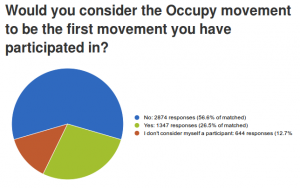

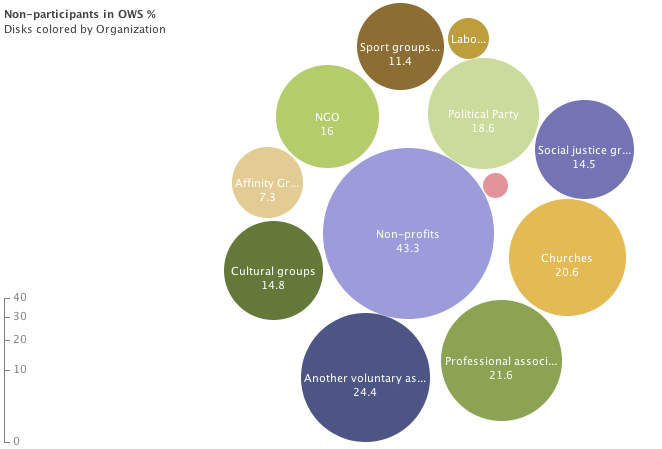
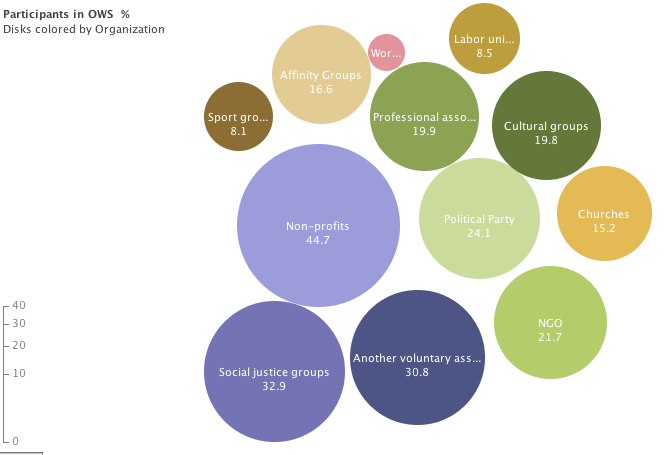



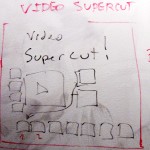
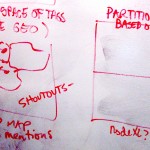
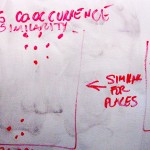
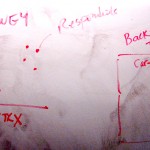
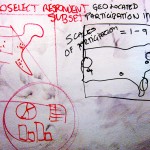
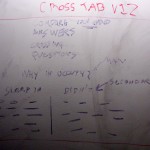

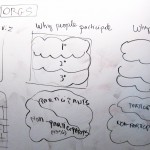
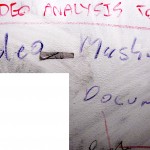
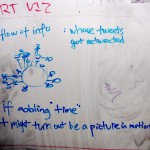


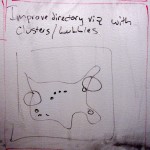
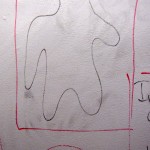


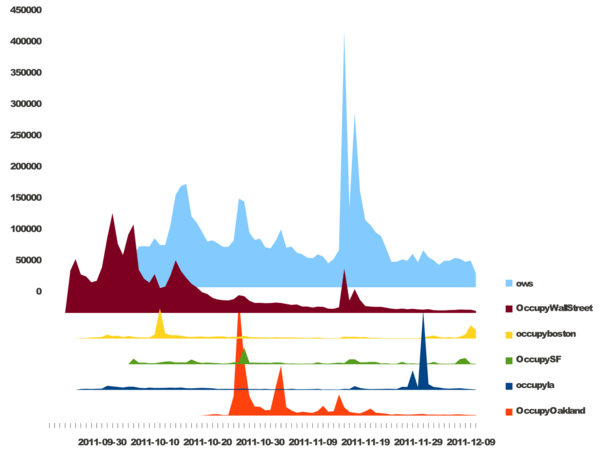
Recent Comments